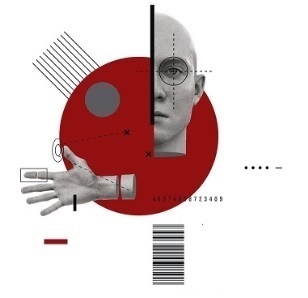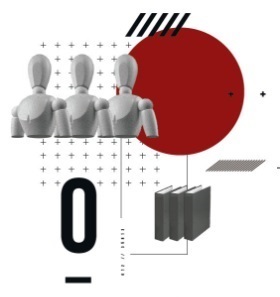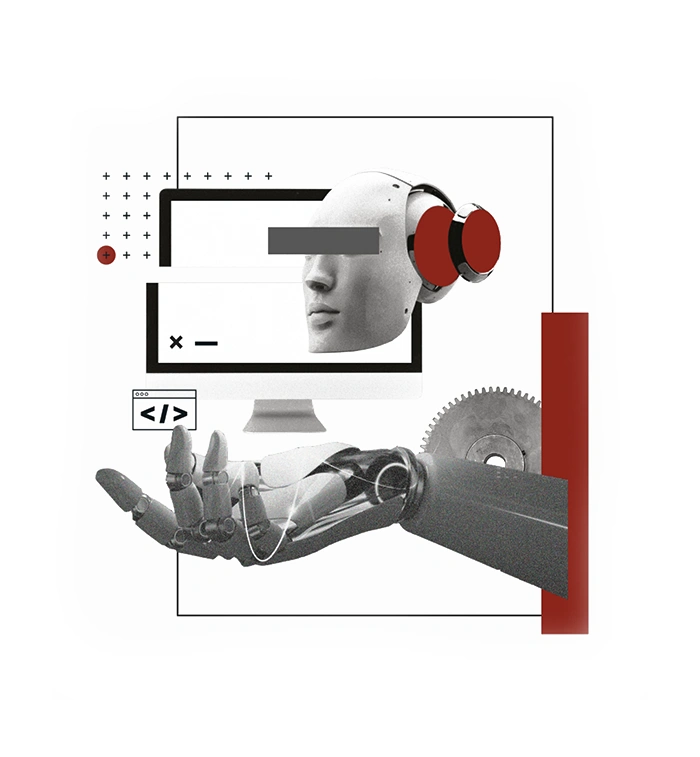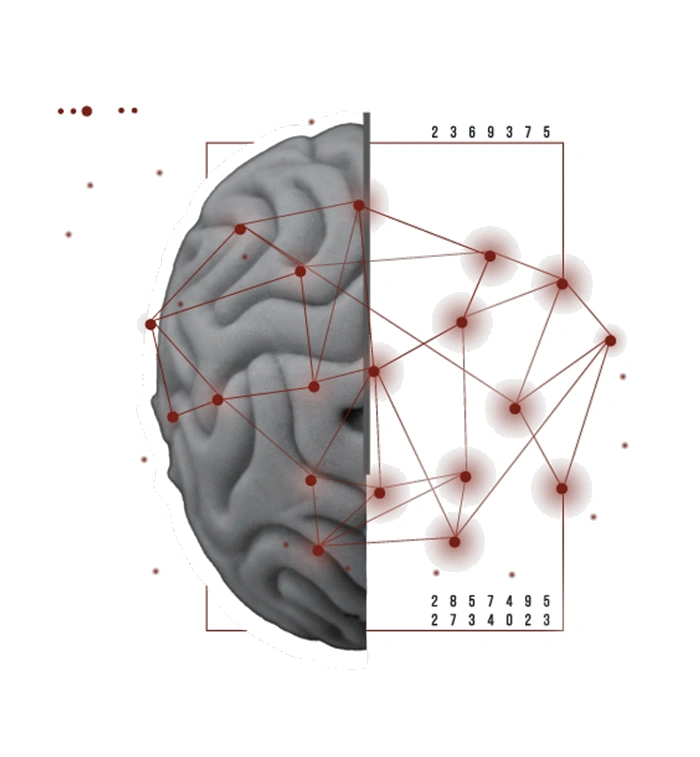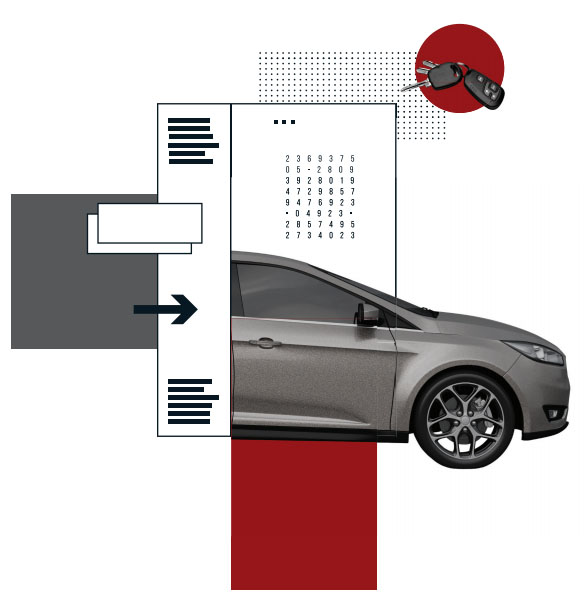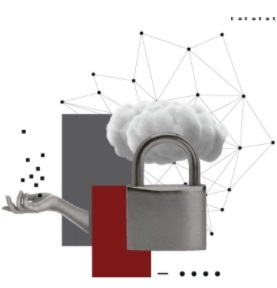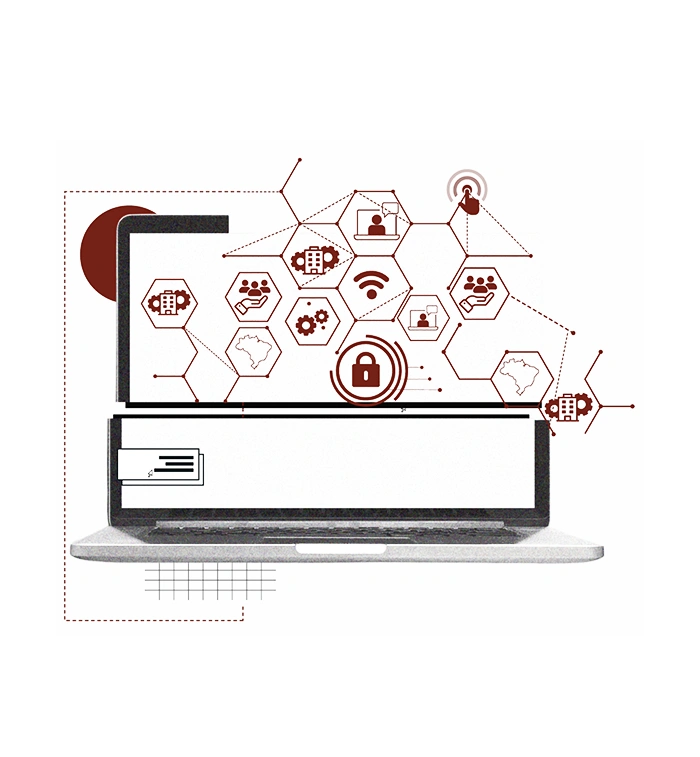The beginning of technology
Francis Galton is considered the father of what we now call biometrics: the application of statistical methods to biological phenomena. Galton, passionate about measurement, collected statistics from thousands of people in his Anthropometric Laboratory at the International Health Exhibition and, in 1892, developed the first classification method for fingerprints. His methodology used characteristics called minutiae or specific points on a fingerprint image, considered the first effective way of identifying people. Fingerprints are unique to each individual and even differ between univitelline twins.
These details are still used today, and based on this technique, a number of classification systems have been created, the best known of which was that of Argentine anthropologist Juan Vucetich. His dedication and the studies of Francis Galton and Henry de Varigny led him to believe that fingerprints could be classified into groups and to develop more efficient ways of collecting them.
Worldwide expansion
Between the 1960s and 1970s, the Automated Digital Identification System (AFIS) was created, but the great expansion of this technology around the world began in the mid-1980s in the United States and Europe, and with the evolution of microprocessors, biometric algorithms became more complex, effective and faster. Today, they are capable of supporting a huge volume of data for biometric classification and comparison.
The method of dactyloscopic identification using the Vucetich system for civil and criminal identification began to be used in Brazil at the beginning of the 20th century.
Biometrics and Montreal
In 1999,Montreal, leading the Match consortium with Xerox and Dermalog, , began the first successful implementation of a civil and criminal biometric identification system using AFIS technology in the state of Rio de Janeiro.
In 2002, it created the idNetBrasil platform and then implemented it in the states of AC, AL, AM, MS, PE, RJ and RR. With this platform, the states gained a series of papilloscopic forensics tools, including facial recognition, fragment research, decadactyls and palmars, to act in the identification, prevention and solution of crimes.
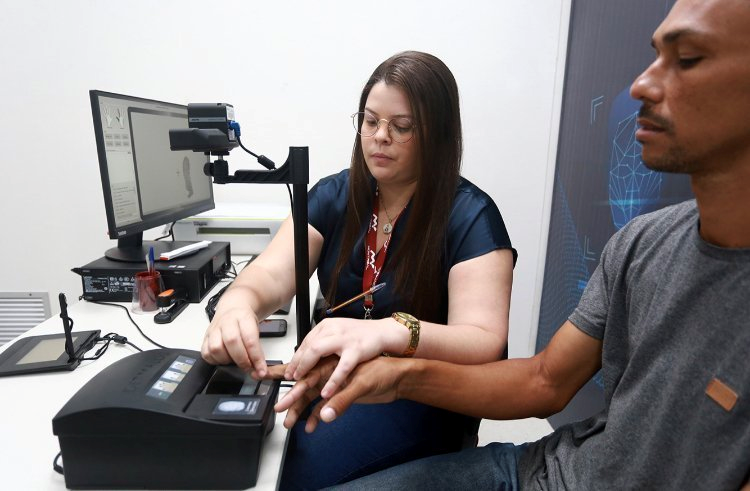

How it works
When a person is identified, the agency responsible has biographical and biometric information stored in its database, such as photos, signature, fingerprints, voice and palm prints. This enables it to carry out the necessary searches to find suspects.
Searching for criminal suspects in train stations, buses, airports or even on the street can be made easier by using a facial biometric search where the suspect has their facial biometric code uploaded for comparison.
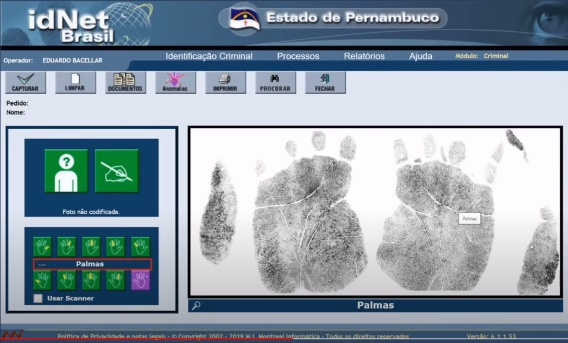

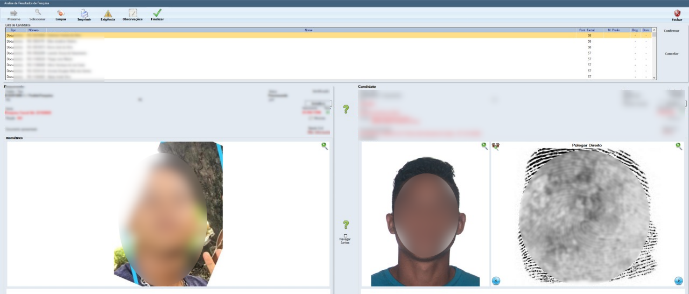

In addition, the identification of speakers in intercepted telephone conversations or audios exchanged in messaging applications can also be carried out by voice biometric searches.
Below is a direct application of biometrics, in the case of fingerprinting. A latent search (search for fingerprint fragments), carried out by the Gonçalo Pereira Identification Institute in MS, published on the Instagram of Papiloscopic Expertise/APPOL-RJ.
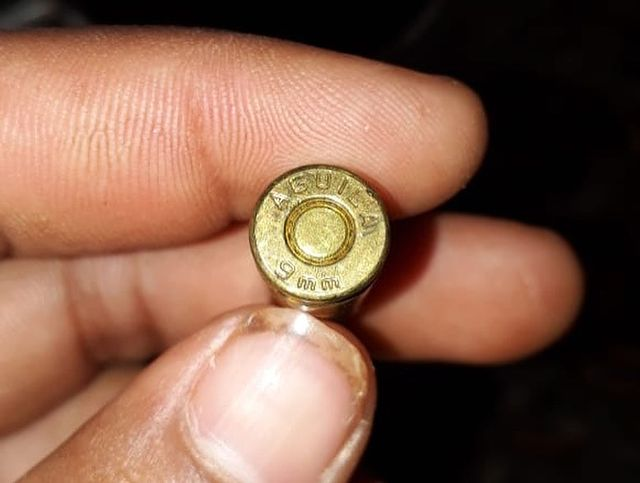

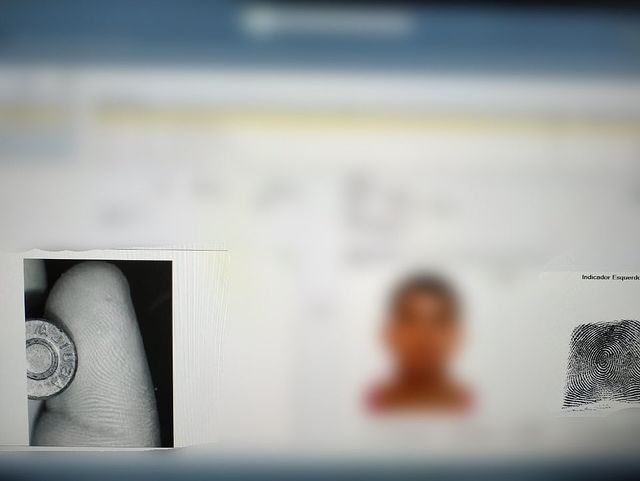

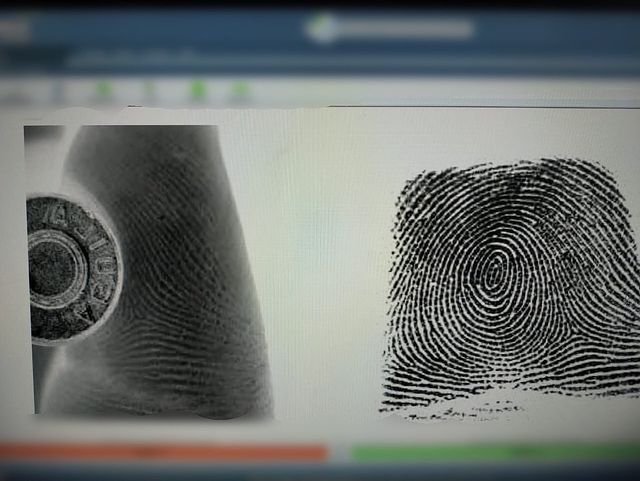

Since 2016, the Institute has been using idNet to manage the state's entire civil and criminal identification process. In this specific case, the IIGP/MS obtained an image of an individual holding a cartridge, probably from an illegal sale. Inserted into idNet, the expert marked the characteristic points on the fingerprint image and enlarged it for the search. In a few minutes, the suspects were listed and it was up to the expert in charge to verify these results.
Fingerprint biometrics is still one of the most widely used when it comes to solving crimes. However, others such as facial and voice biometrics have been growing in recent years. This shows that each type of biometric contributes its own characteristics and thus compensates for any difficulties in use or poor quality, making it possible to solve crimes that are too complex.
